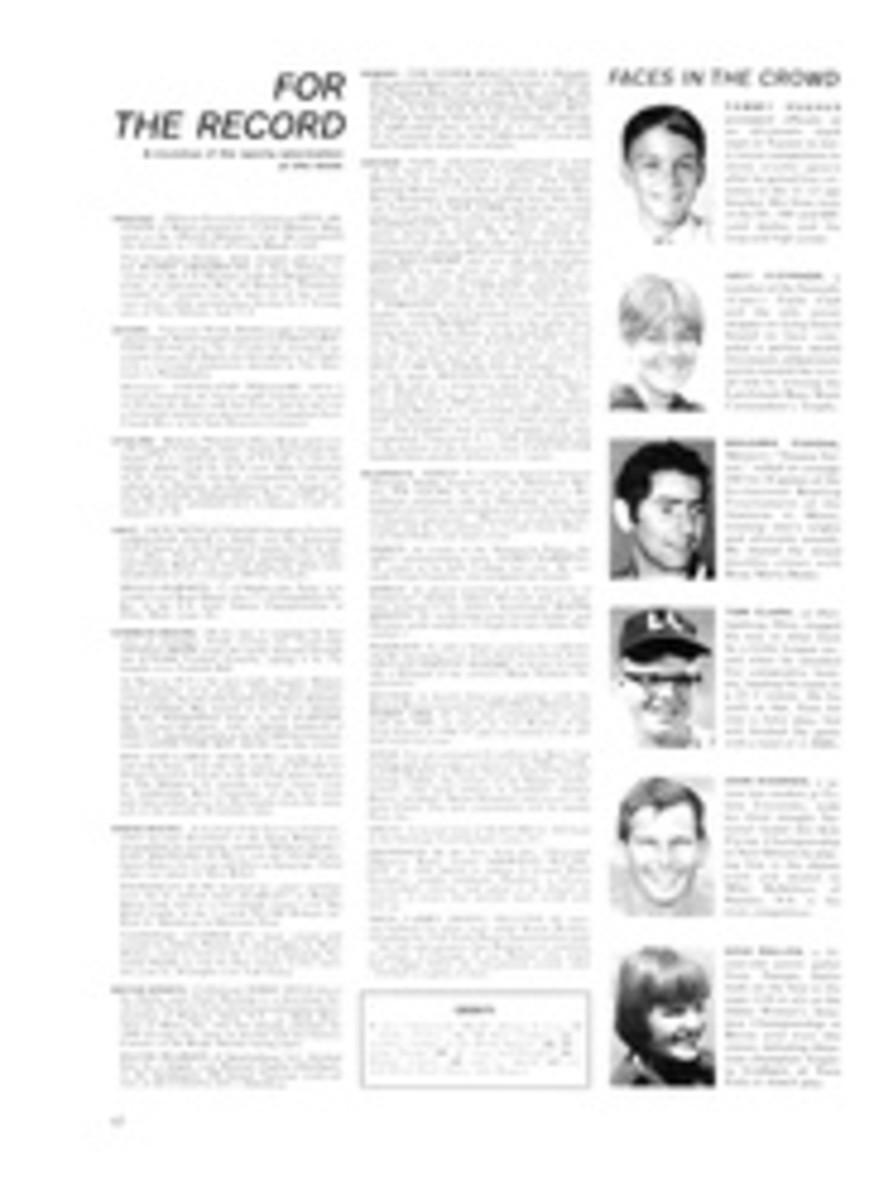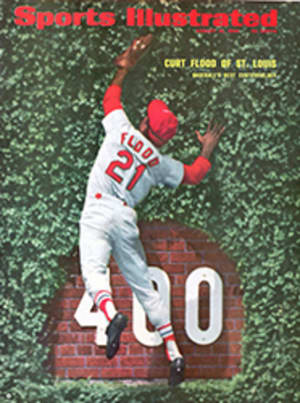
Summer schooling on the Canadian prairies
With the possible exception of the Sahara in a sandstorm or the Siberian steppes in the dead of winter, the Canadian prairies merit the description given them by a Manitoba wheat farmer who said: "There jest ain't no other place quite as airy!" In the summer, especially in a dry, dusty year, the prairie winds sear a man, burning his skin, cracking his lips and leaving him dehydrated and exhausted at the end of the day. The area is so flat and vast that a stranger looking for the grounds of a professional bird-dog trainer gets directions from a farmer according to the lay of the land:
"You take that gravel road for about a half section of barley. Then head north for 'bout a mile, and east for a stretch past an alfalfa field until you come to a long, grassy slough. Then take the south fork until you see a patch of cotton-woods. That's the place." Then, the farmer adds wryly: "Got a compass?"
Nevertheless, these windswept prairie lands—spreading across Manitoba. Saskatchewan and parts of Alberta—have attracted the top professional bird-dog trainers of the U.S. every summer for more than 80 years. John S. Gates of Leesburg, Ga., the most successful trainer of field-trial bird dogs in the history of the sport, has been going to Broomhill, Man. for 33 years. Gates and his son, John Rex, have come up with some 40 field-trial champions and won 101 open championship trials.
"We go to the prairie," says Gates, "because it's the one place where a big-going bird dog can really grab some country for himself. The prairie stretches a dog out and a good one learns to cover more ground without passing up game. The game here is chickens."
Actually, the birds in question are plump, gregarious sharp-tailed grouse, not prairie chickens but to dog trainers the birds have always been chickens.
"Chickens are perfect for keeping proven trial dogs in condition," says Gates, "and they're good for developing derbies [a derby dog is 18 months to 2½ years old] as well as all-age trial prospects and shooting dogs. But it's working with young pups—8 months to a year old—that's most rewarding. We let the pups run loose and sight-chase to build up their hunting desire. They jest raise Cain, chasing everything from butterflies and stink birds [ground sparrows], to deer, jack rabbits, coyotes and skunks. But pretty quick they decide that the best smelling thing on the prairie is the chicken, and they start concentrating on finding coveys and busting them out all over the place. That's when we go to work." A 40-foot check cord is attached to the pup's collar, and he is handled from horseback. "The pup locates a covey and points," says Gates, "but the minute those birds flush, the pup breaks and chases them. He gets exactly 40 feet and we yank on the cord and flip him over backwards. Then we put him right back on point again and holler, 'Whoa,' in his ear. The great thing about young chickens is that when flushed they rarely fly farther than the nearest trees. So we simply mark them and bring the pup up to relocate them. That kind of constant action—you can relocate 10 or 12 times in an hour's session—keeps the pup's interest and he quickly learns the action necessary to hold his birds. Conversely, to keep an all-age dog from becoming disinterested in chickens and going sour, we run him on courses where chickens are scarce. With any luck at all, we can accomplish as much in 10 weeks on the prairie as we could in two summers at home."
But the training is an exhausting, two-month-long forced march. The day starts before first light as the dogs and horses are loaded into a truck and driven out on the prairie. To escape the midday heat the dogs are trained on chickens or roaded [exercised on check cords held by handlers on horseback] from dawn until the forenoon and from 3 p.m. until sundown. Trainers work seven days a week, averaging as much as 40 to 50 miles a day in the saddle.
"By August 15," says John Gates, "after a month's work, we can tell definitely whether a pup is a derby field-trial prospect—or just a shooting dog. If we have a derby prospect, we won't know if he has what it takes to be an all-age dog until after the second summer. A top all-age dog—a racehorse with endurance who runs as big as the country, hunts on his own but still works to the handler—is a rare animal. Every spring we pick over about 150 pups culled from our own stock and that of other breeders. Only 30 to 35 of them are promising enough to take to the prairie, yet most of those still end up as shooting dogs. We're lucky to get two pups a year that will make top all-age dogs."
These days, after 41 years of training and campaigning dogs, John Gates is content to ride around in a pickup truck, occasionally washing down two aspirins with a Coke ("Best tonic there is") and watching John Rex, who at 26 is already one of the top trainer-handlers in the U.S., ably supervising things. But the old man's eyes still sparkle when he sees a new derby prospect sailing along through the broom grass, muscles rippling, tail lashing, head held high as it takes scent off the wind. "That dog." Gates says, "was a good one before we brought him up here. But he'll go home a lot better because he's prairiewise. And a dog has to be prairiewise to be a major field-trial contender."
PHOTO
HANSON CARROLL

